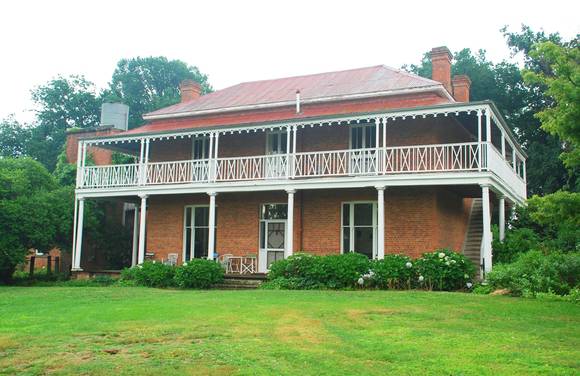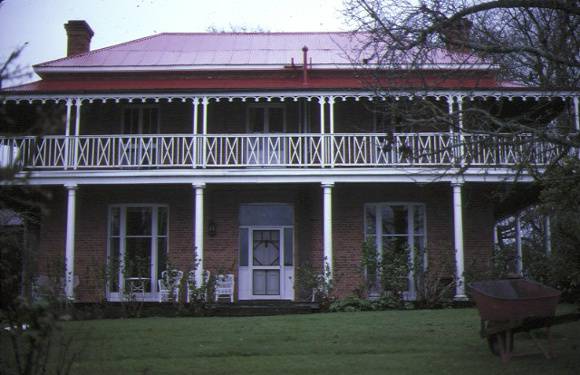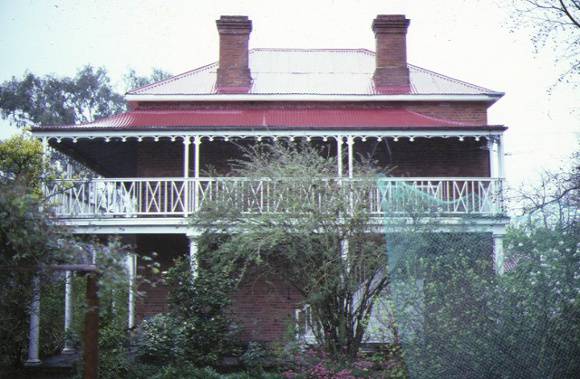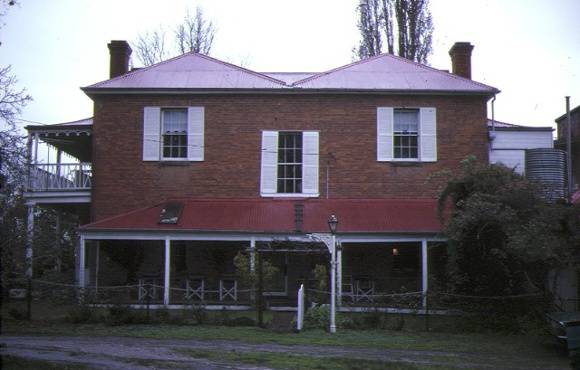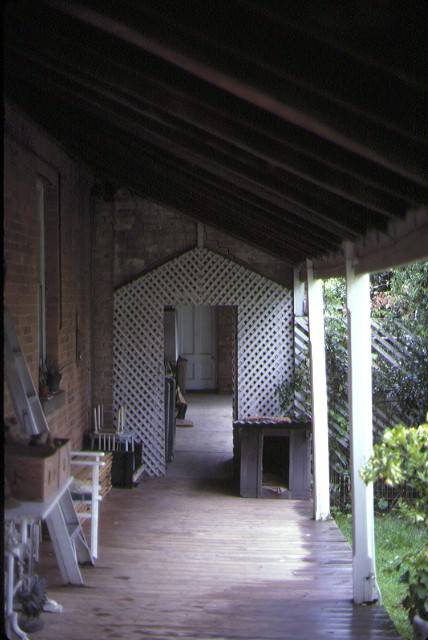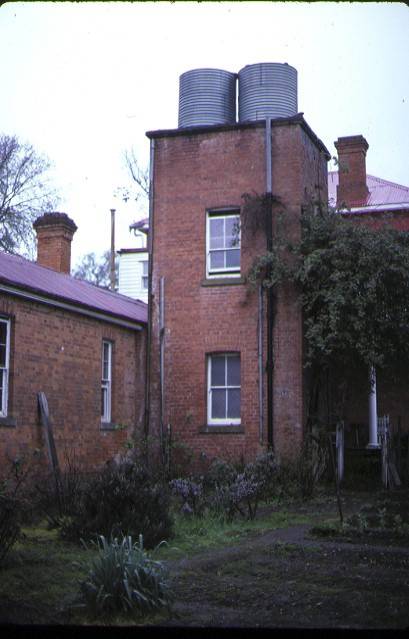| Back to search results » | Back to search page » |
|
GUNDOWRING HOMESTEAD
Location1350 GUNDOWRING ROAD GUNDOWRING, INDIGO SHIRE
File NumberFOL/16/2130LevelRegistered |
|
Statement of Significance
The Gundowring pastoral run is first recorded in the ownership of G Hume Barber in 1838. George Hume Barber had been a member of Hamilton Hume’s exploratory party which opened up the pastoral development of the Yass Plains, and was married to Hamilton Hume’s only sister Isabella. Barber lived at Glenrock Station near Marulan in New South Wales and the Gundowring run was from the outset actually run by his son, Charles Henry Barber [later Barbour] who first resided on the run as an eighteen year old in 1838. George Barber drowned in a flooded creek in 1844 and in 1845, Isabella Barber became the nominal proprietor of the run. In the same year, Charles Henry Barber married his first cousin, Mary Hume, a daughter of Elizabeth Hume who had acquired the nearby Yarroweya [later Yarrawonga] run on the Murray following the murder of her husband by bushrangers in 1840.
Charles Henry Barber initially lived in a bark hut at Gundowring. Barber planted willows on the property which had been grown from cuttings from the trees near to Napoleon’s grave on St Helena. The cuttings had been given to Barber’s father by Colonial Treasurer William Balcombe who had befriended the exiled Napoleon when Balcombe was an official of the East India Company at St Helena. After some years, Barber constructed the large brick homestead which still stands on the property. The date of construction of the house has not been established but the appearance of the house suggests a 1850s-1860s construction date. By 1857, Charles Barbour had assumed ownership of the property which he held until his death in 1882.
Barbour’s widow, Mary Hume Barbour sold Gundowring to John Macdonald in 1886. Macdonald became a Yackandandah Shire councillor, a Justice of the Peace, and was on the first Board of Directors of the Kiewa Butter Factory. After Macdonald’s death in 1923, Gundowring was sold to a Mr Elwood, and in 1944, Gundowring was bought by J Dale Crooke. The property remained in the Crooke family ownership for more than fifty years.
How is it significant? Why is it significant? Gundowring Homestead is of historical significance for its associations with pioneering pastoralist Charles Barbour, who occupied the pastoral run in 1838 as an eighteen year old and remained there until his death in 1882. The property is important for its association with Charles Barbour’s wife Isabella, the only sister of the celebrated explorer Hamilton Hume and a member of the pioneering Hume family which had an important role in the establishment of the pastoral industry of the Murray region of Victoria and New South Wales. [Online data upgrade project 2005]
The exploration of Hamilton Hume and William Hilton Hovell into inland New South Wales and Victoria on route to the Port Phillip District in 1824-25 and the favourable reports of the land they had seen was a significant event in the colonization of Victoria. The exploration proved to be instrumental in drawing attention to the potential of the vast grazing lands sighted during their expedition. The explorations of the party were also undoubtedly of personal interest to the pastoralist Hume and no doubt influenced other members of the Hume family in taking up pastoral land in northern Victoria and southern New South Wales near to the Murray. Hume also had significant associations with the Port Philip district through his marriage to Elizabeth Dight, a sister of John and Charles Dight who built the water-powered flour mill on the Yarra River in the area which now bears the name of Dight’s Falls.
Gundowring Homestead is of architectural and historical significance to the State of Victoria.
Gundowring Homestead is of architectural significance as a fine example of a large verandahed homestead in the Victorian Georgian style situated on one of the earliest pastoral runs taken up in Northern Victoria. The house is of interest for the unusual form of the ground floor windows where the upper sash slides into a wall cavity above.
Group
Residential buildings (private)
Category
Homestead building


